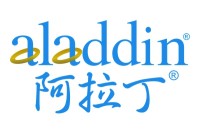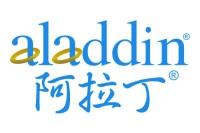A Simple and Rapid Method for Transformation of Vibrio Species by Electroporation
互联网
712
Vibrios are facultative anaerobes. They are gram-negative, oxidase-positive rods, and they are distributed in seawater and in the water at the mouths of rivers. According to Bergey’s Manual of Systematic Bacteriology , there are 20 species in the genus Vibrio , including the human pathogens V. cholerae, V. parahaemolyticus, V. mimicus, V. fluvialis, V. vulnifficus, V. fetus , and others. Members of the species V. cholerae are divided into O antigen groups from 1 to 140, and all strains that cause diarrhea as a major symptom belong to the O-1 group. Members of the O-1 group secrete extracellular enterotoxin and can be further divided into two groups by biotype, namely, classical and El Tor. Strains of V. cholerae that do not agglutinate in O-1 serum, but secrete enterotoxin and cause diarrhea are designated V. cholerae non-O-1 strains. All of the previous six pandemics from 1817 to 1923 were caused by the classical biotype of V. cholerae , but the present seventh pandemic from 1961 is caused by the El Tor biotype. Some strains of V. cholerae non-O-1, which agglutinate in O-139 serum (synonym Bengal), are causative agents of a cholera-like disease that is currently sweeping India and Bangladesh (1 ,2 ). The cause of the change in biotype of the pathogens is not well understood.






